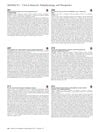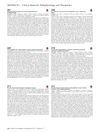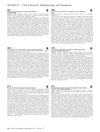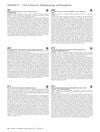Deep Phenotyping of Patients with Xeroderma Pigmentosum and Trichothiodystrophy
April 2017
in “
Journal of Investigative Dermatology
”
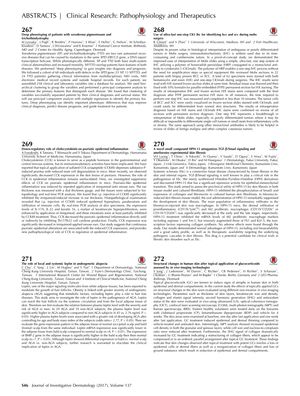
TLDR Deep phenotyping helps distinguish between xeroderma pigmentosum and trichothiodystrophy, aiding in diagnosis and treatment.
The document presents a study on deep phenotyping of patients with xeroderma pigmentosum (XP) and trichothiodystrophy (TTD), two rare diseases caused by mutations in the XPD gene. The study involved a cohort of 68 individuals (31 with XP, 13 with XP/TTD overlap, and 24 with TTD) and aimed to gain insights into diagnosis and prognosis by collecting 258 clinical and laboratory variables from multidisciplinary NIH visits and medical records. Hierarchical clustering and principal component analysis were used to group variables and identify primary features distinguishing each disease. The results indicated that clustering of variables could successfully separate patients by clinical diagnoses and survival status, suggesting that deep phenotyping can help improve clinical diagnosis, predict disease prognosis, and guide treatment.
